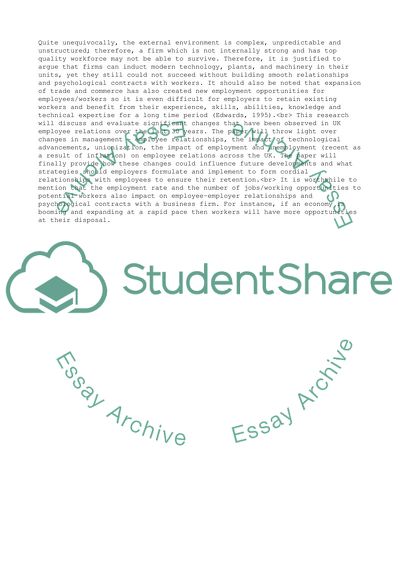Cite this document
(Importance of Changes in the UK Employee Relations Research Paper - 1, n.d.)
Importance of Changes in the UK Employee Relations Research Paper - 1. Retrieved from https://studentshare.org/management/1746330-uk-employee-relations-have-seen-significant-changes-over-the-last-30-years-evaluate-the-importance-of-these-changes-and-how-these-may-influence-future-developments
Importance of Changes in the UK Employee Relations Research Paper - 1. Retrieved from https://studentshare.org/management/1746330-uk-employee-relations-have-seen-significant-changes-over-the-last-30-years-evaluate-the-importance-of-these-changes-and-how-these-may-influence-future-developments
(Importance of Changes in the UK Employee Relations Research Paper - 1)
Importance of Changes in the UK Employee Relations Research Paper - 1. https://studentshare.org/management/1746330-uk-employee-relations-have-seen-significant-changes-over-the-last-30-years-evaluate-the-importance-of-these-changes-and-how-these-may-influence-future-developments.
Importance of Changes in the UK Employee Relations Research Paper - 1. https://studentshare.org/management/1746330-uk-employee-relations-have-seen-significant-changes-over-the-last-30-years-evaluate-the-importance-of-these-changes-and-how-these-may-influence-future-developments.
“Importance of Changes in the UK Employee Relations Research Paper - 1”, n.d. https://studentshare.org/management/1746330-uk-employee-relations-have-seen-significant-changes-over-the-last-30-years-evaluate-the-importance-of-these-changes-and-how-these-may-influence-future-developments.


